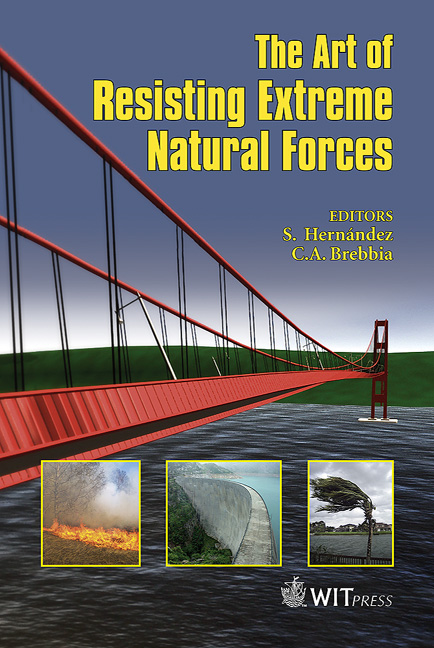Early Warning Coordination Centres: A Systemic View
Price
Free (open access)
Transaction
Volume
58
Pages
10
Published
2007
Size
328 kb
Paper DOI
10.2495/EN070121
Copyright
WIT Press
Author(s)
J. Santos-Reyes & A. N. Beard
Abstract
Following the tsunami disaster in 2004, the General Secretary of the United Nations (UN) Kofi Annan called for a global early warning system for all hazards and for all communities. He also requested the ISDR (International Strategy fort Disaster Reduction) and its UN partners to conduct a global survey of capacities, gaps and opportunities in relation to early warning systems. The produced report, \“Global survey of Early Warning Systems”, concluded that there are many gaps and shortcomings and that much progress has been made on early warning systems and great capabilities are available around the world. However, it may be argued that an early warning system (EWS) may not be enough to prevent fatalities due to a natural hazard; i.e., it should be seen as part of a ‘wider’ or total system. Furthermore, an EWS may work very well when assessed individually but it is not clear whether it will contribute to accomplish the purpose of the total disaster management system; i.e., to prevent fatalities. There is a need for a systemic approach to early warning centres. Systemic means looking upon things as a system; systemic means seeing pattern and inter-relationship within a complex whole; i.e., to see events as products of the working of a system. A system may be defined as a whole which is made of parts and relationships. This paper proposes a preliminary model for an early warning coordination centre from a systemic point of view. Keywords: risk, disaster, early warning, tsunami, systemic, SDMS, coordination centres, disaster management system.
Keywords
risk, disaster, early warning, tsunami, systemic, SDMS, coordination centres, disaster management system.





